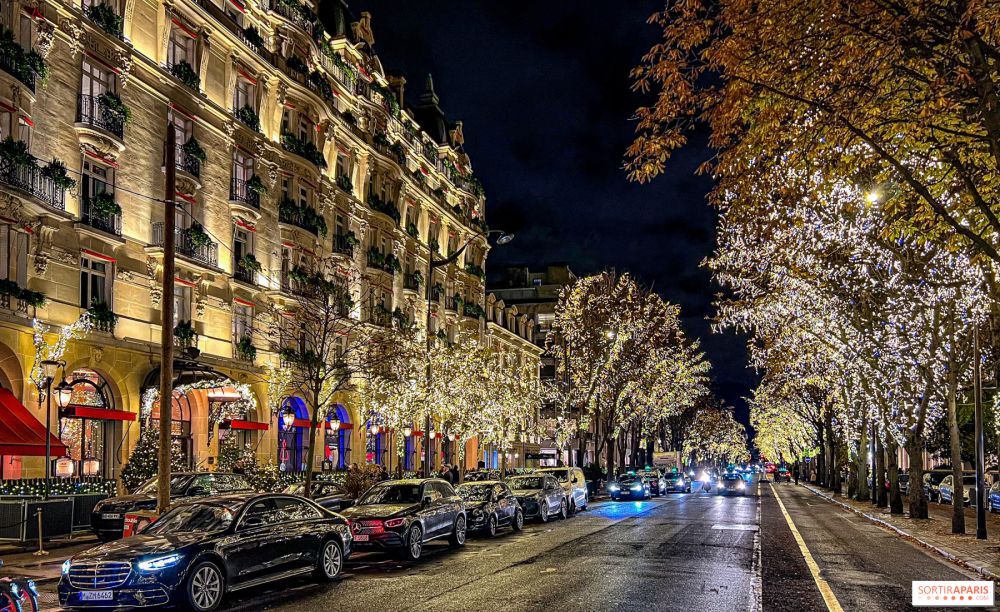

The Champs Elysees, with its history deeply interwoven into the fabric of Paris, is one of the most famous streets in the world. Its origins date back to the 17th century when it was merely fields and market gardens. The name 'Elysian Fields' comes from Greek mythology, representing a paradise for heroes. It was only under the order of Marie de Medici that the area saw the beginnings of a transformation into the splendid avenue we know today.
By the time the 19th century arrived, the Champs Elysees had become a fashionable boulevard, lined with elegant buildings, cafes, and theatres. Major events and parades, such as the Liberation at the end of World War II and the annual Bastille Day military parade, have contributed to its iconic status.
Avenue Montaigne, parallel to the Champs Elysees, is renowned for its luxury and fashion. Initially known as Allee des Veuves (Widows' Alley), it wasn't until the late 19th and early 20th centuries that it transformed into a fashion hub. High-end fashion designers like Christian Dior opened boutiques here in the mid-20th century, cementing the street's reputation as a center of haute couture.
Tourism in these areas surged after World War II as global travel became more accessible. With the Champs Elysees leading directly to the Arc de Triomphe, and Avenue Montaigne offering luxury shopping experiences, tourists flocked in great numbers to revel in the Parisian lifestyle.
Recently, there has been a significant emphasis on sustainable tourism and experiential travel. Visitors to Paris are seeking more authentic experiences, preferring to engage with the local culture beyond just the major attractions. Furthermore, as sustainability becomes more crucial, there's a growing trend for eco-friendly accommodations and transport options.
The Champs Elysees itself is undergoing a transformation, with plans to become a 'garden' that will provide a greener, more pedestrian-friendly experience by 2030, aligning with these new trends in tourism.